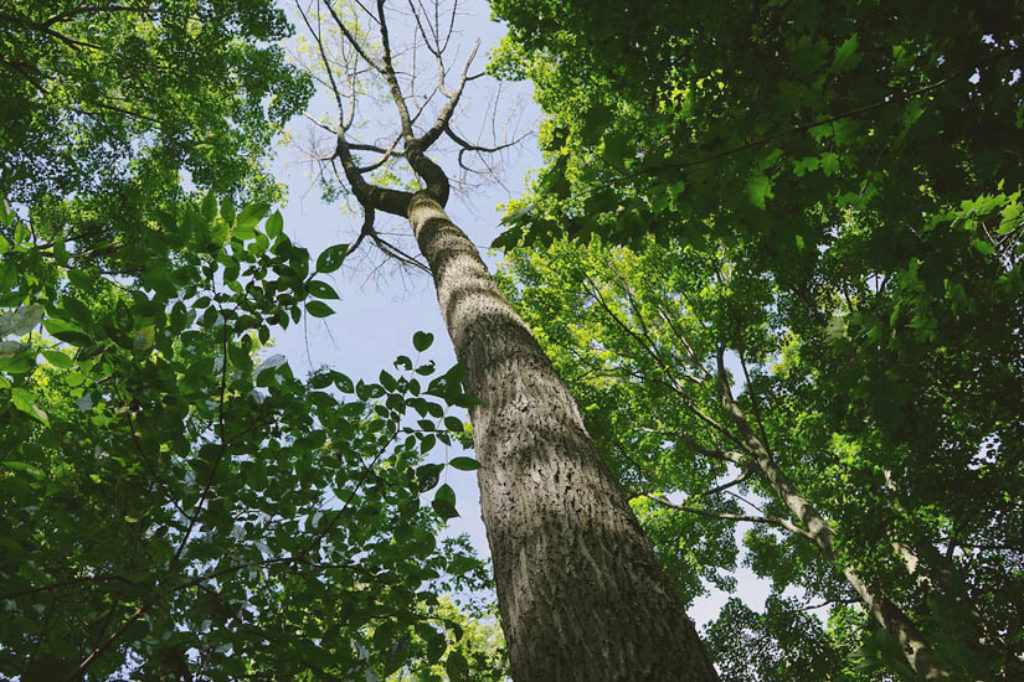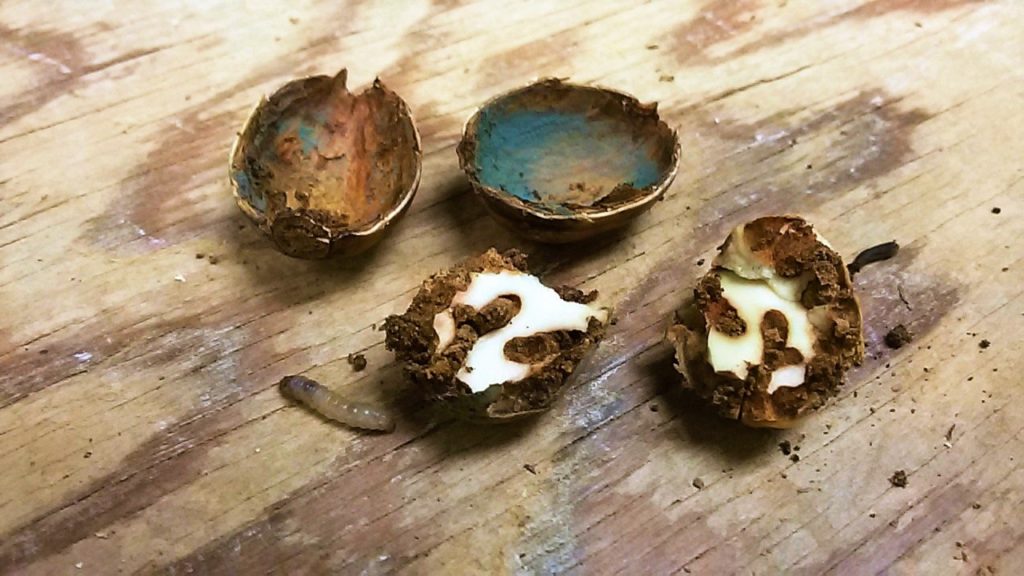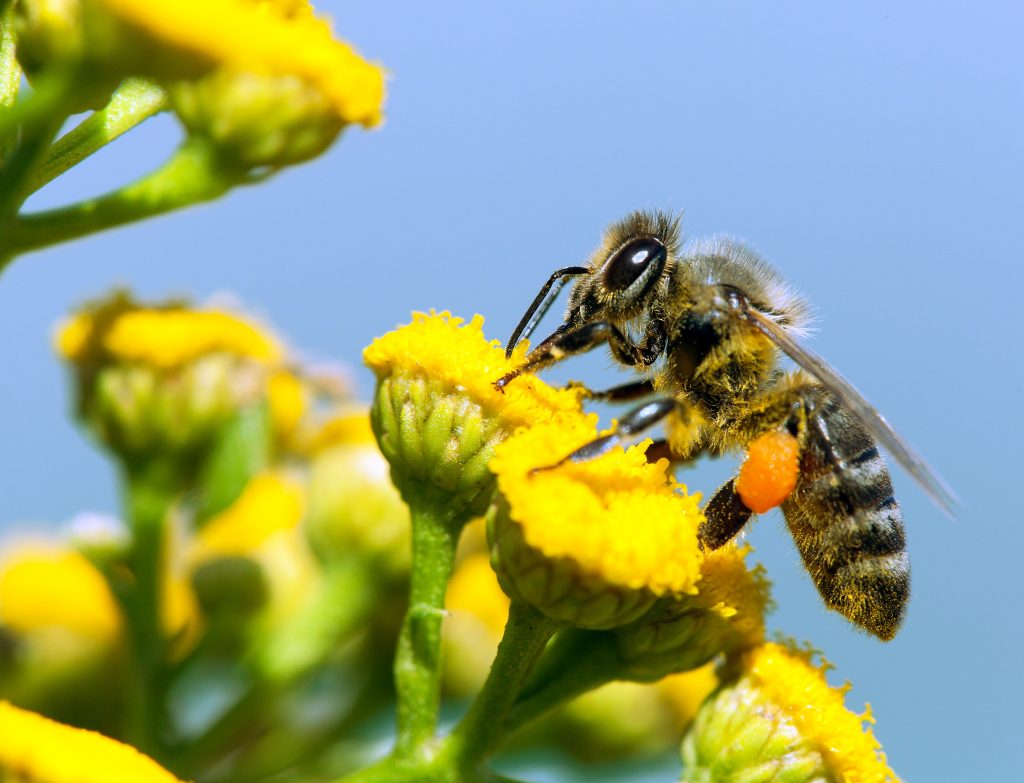European ash trees resist devastating insect pest
Ash trees may be more prepared to face invasive threats than previously realised. The European ash (Fraxinus excelsior) is a common site in towns, forests and parkland across the United Kingdom. Since the 1990s, ash trees across Europe have been devastated by ash dieback, a disease caused by the fungal pathogen (Hymenoscyphus fraxineus), which has…
Traded forest tree seeds pose a great risk of introducing harmful pest, new research shows
CABI has led an international team of scientists who strongly suggest that the global trade of forest tree seeds is not as safe as previously believed, with insect pests and fungal pathogens posing a great risk to trees and forest ecosystems worldwide. Non-native insect pests and fungal pathogens present one of the major threats to…
Using animals in the fight against invasive species
Whilst prevention is better than a cure, it is not always possible to stop every invasive species from entering an area. In these instances, early detection and rapid response are crucial, as management is much easier while the population of an invasive species remains small. Detection of small populations, however, can be incredibly difficult. With…
Invasive species and climate change: a perfect storm
Following on from an IUCN call for greater action on addressing invasive species in order to protect biodiversity – the Honolulu challenge, presented at the 2016 IUCN World Conservation Congress – the latest IUCN brief presses home the links between invasive species and climate change. Climate change facilitates the spread and establishment of many alien…




